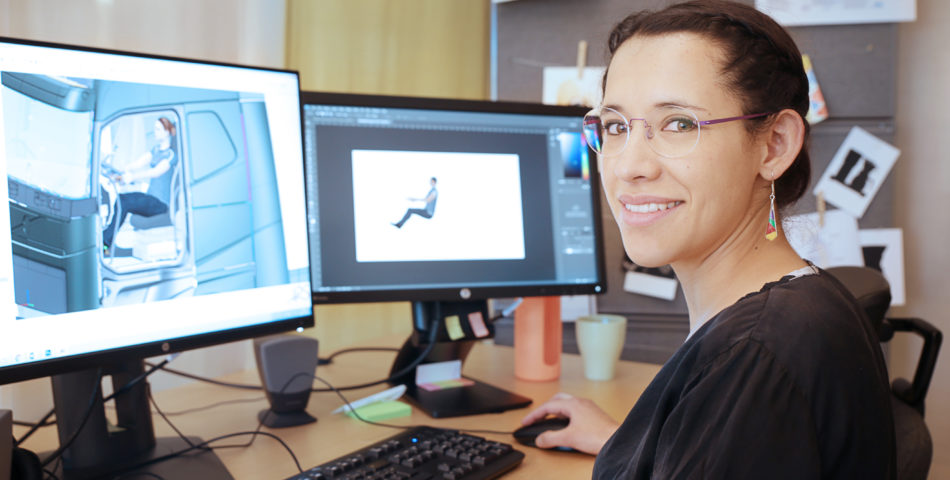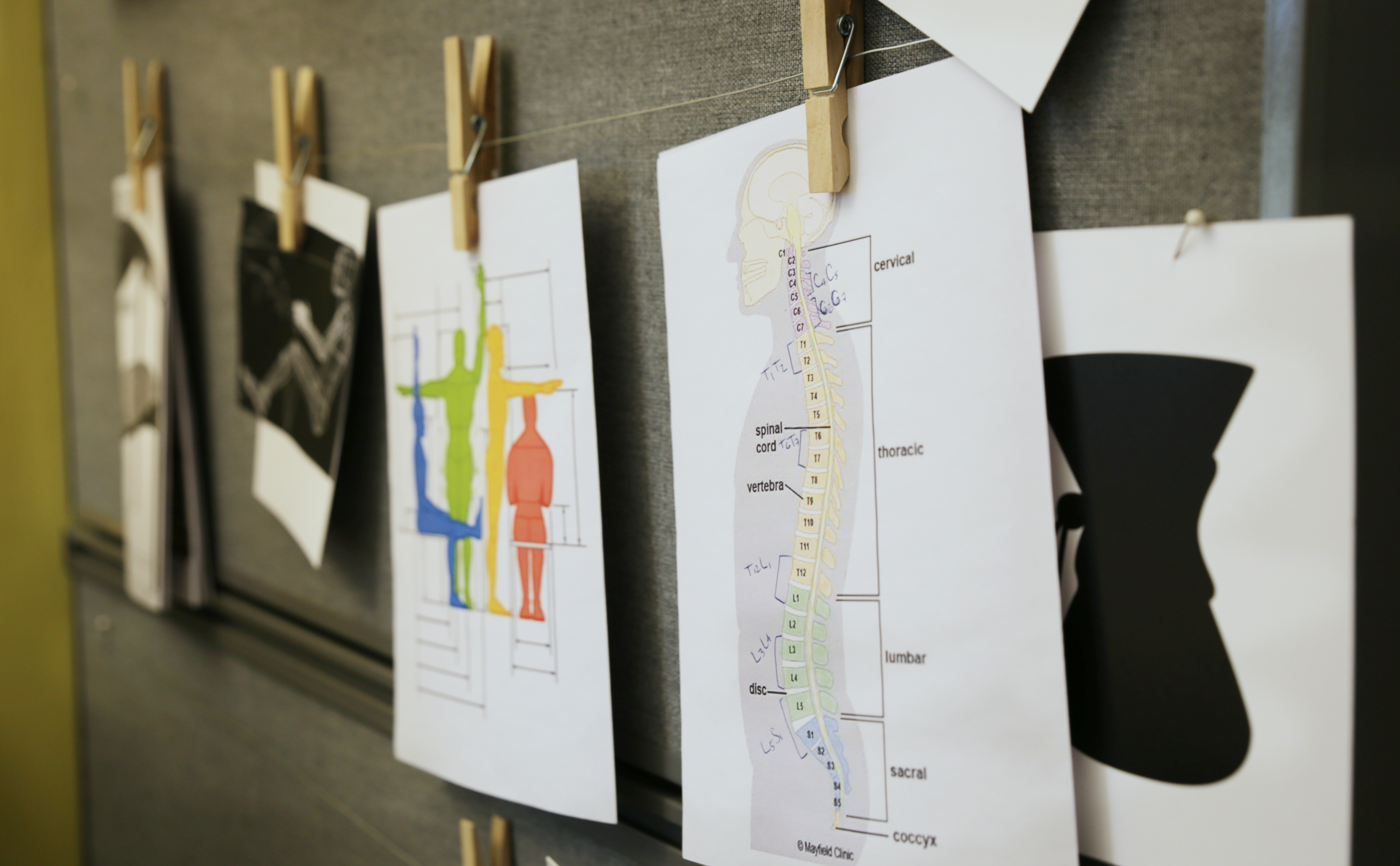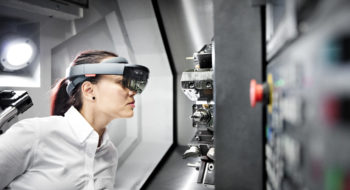
Sitting comfortably?
Researchers at the University of Skövde work in close collaboration with the vehicle industry to develop a software that assists design engineers to improve physical ergonomics in cars and trucks. The project is called Virtual Driver Ergonomics.
– In a project like this, the end-user is always the main focus. How can we improve and develop the ergonomics for people that drive a lot? Let’s say that you work as a professional truck driver and spend days or weeks in your working vehicle. This project helps us understand how to design a vehicle that supports different changes in posture, for example, says Pamela Ruiz Castro, one of the research assistants involved in Virtual Driver Ergonomics.
The aim of the project is a software tool with high usability that facilitates the simulation work. More specifically the project will focus on how to enable fast simulations of virtual driving test routines and ergonomics evaluations and comparisons of design alternatives.
– On our part, as researchers, the goal is to further develop the software tool IPS IMMA (Intelligently Moving Manikins) with input from the vehicle companies. The use cases are very valuable for us and helps us understand what the industry really needs from a software such as this, says Pamela Ruiz Castro.
IMMA models humans digitally
The IPS IMMA software is a digital human modelling tool that facilitates virtual tests of human product/system interactions, related to how people of different sizes use different motions to perform certain tasks. With the software, product and production developers can easily see what consequences a design change will have for the end-user, and see if the change will compromise the product or workplace at all.
– Within the car industry we have a quick moving market and changed customer needs and it’s important that we have tools to understand the impact of chosen concepts and decisions early in the design process. We need a tool where we virtually can evaluate and visualize usability in a variety of car models in an effective and confident way. Volvo Cars works from a human centric approach and in this project we have the opportunity to together develop a software tool where usability and the user is in focus, says Pernilla Nurbo, Technical Leader Ergonomics, Volvo Cars.
Researchers as “the in-between man”
Pamela, who is a member of the research group User Centred Product Design at the School of Engineering Science at the University of Skövde, describes the University of Skövde as the “in-between man” of this project:
– We act as the link between the developers of the software and the vehicle companies, which is very interesting. We can give data to the software developers, such as motion capture sensor results, and together we can evaluate how the data can be used. And we listen to the vehicle companies and try to transfer their needs into requirements for the tool. Then, we test it, and then the companies test it. This iterative work process leads to new releases of the software, new vehicle designs, and ultimately to improvements for the end-user, the actual drivers. The software development process is quite rapid, which is stimulating for us as researchers, and also very useful for the vehicle developers in that they can be highly involved in the shaping of the tool’s functionality.





